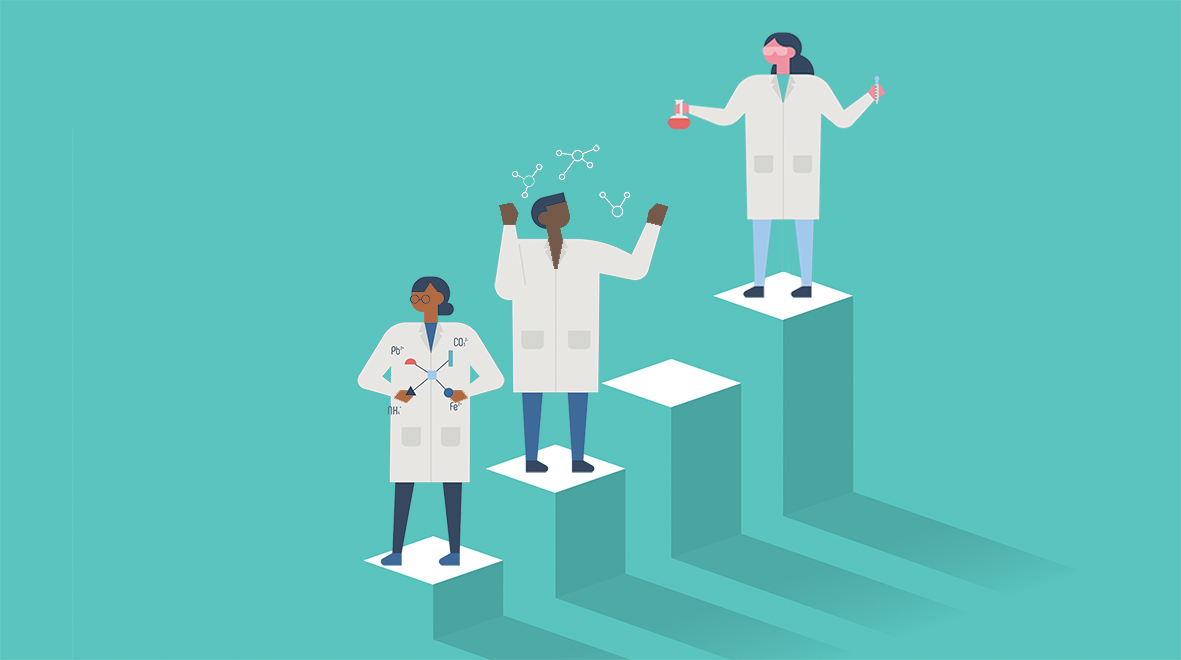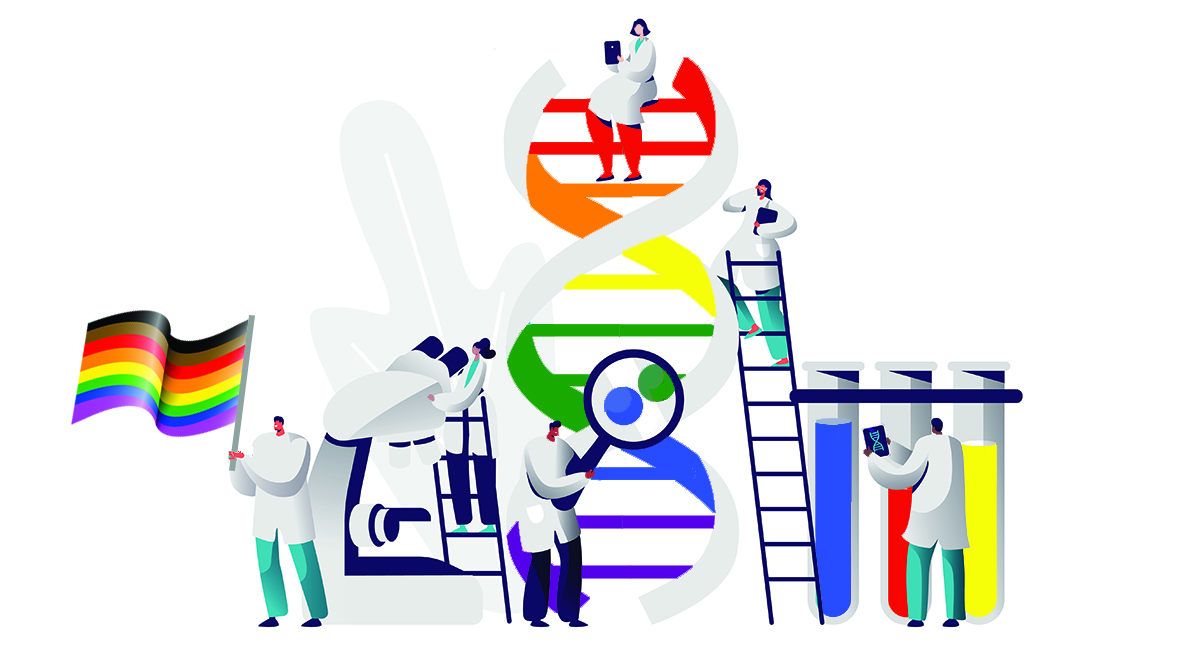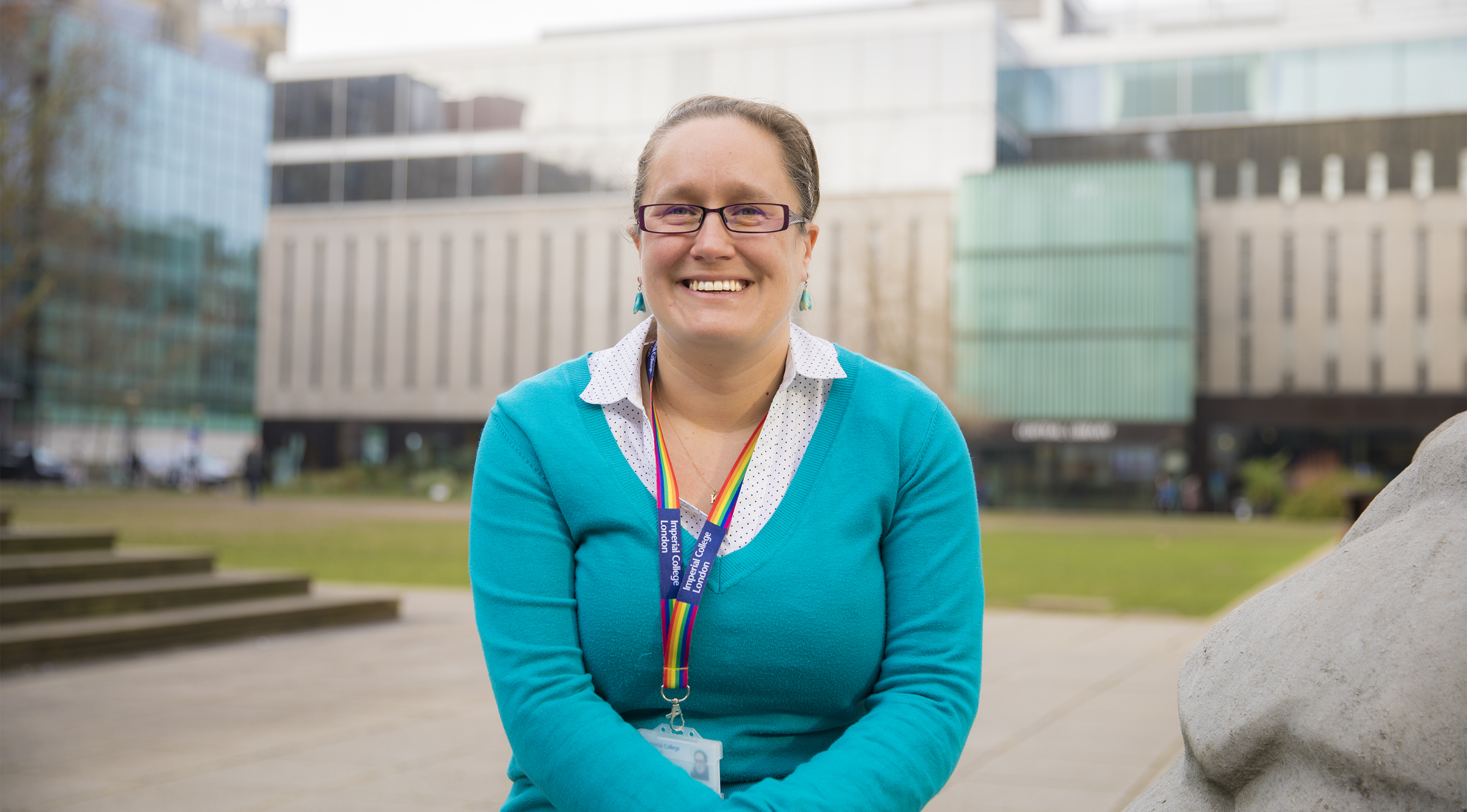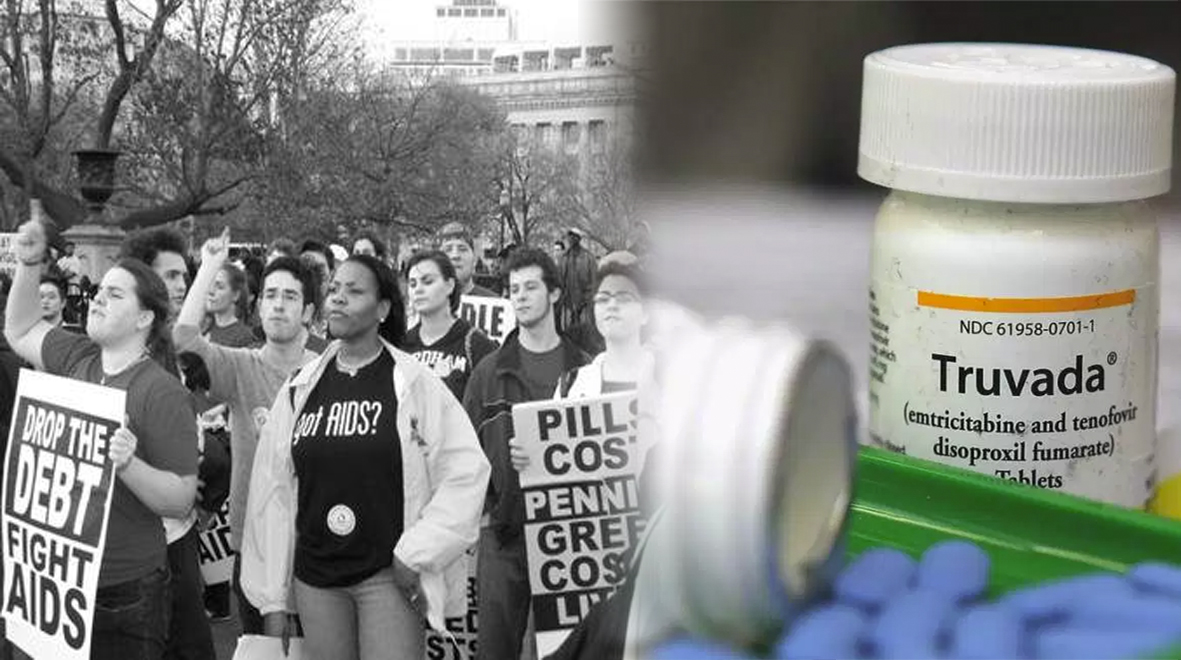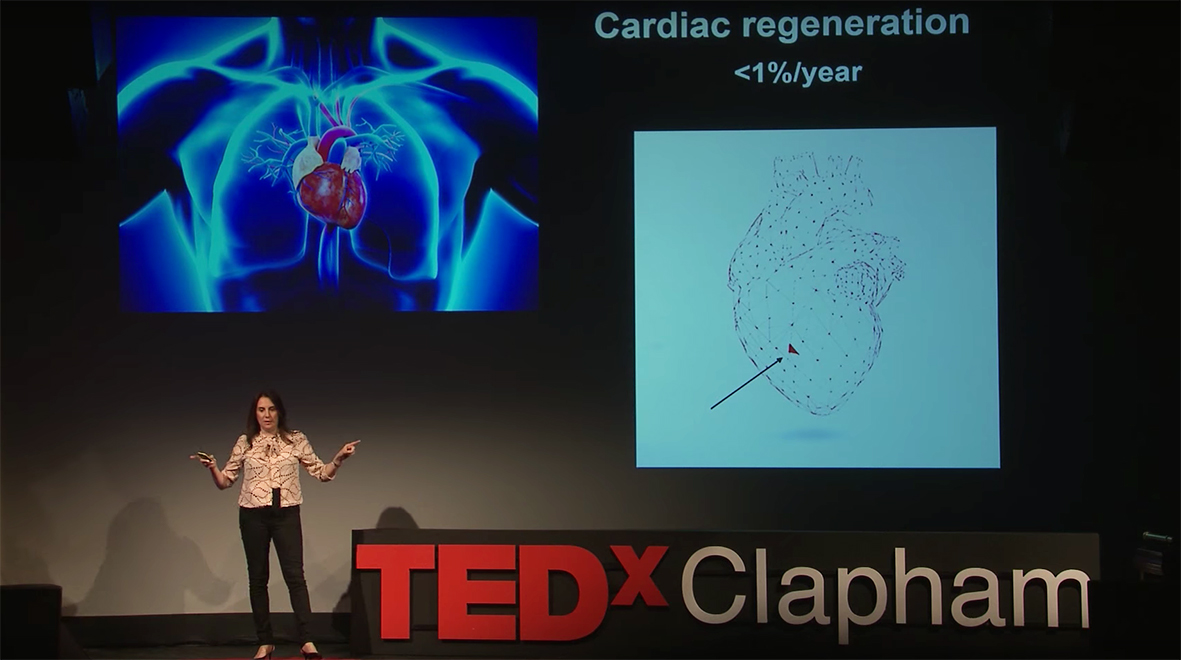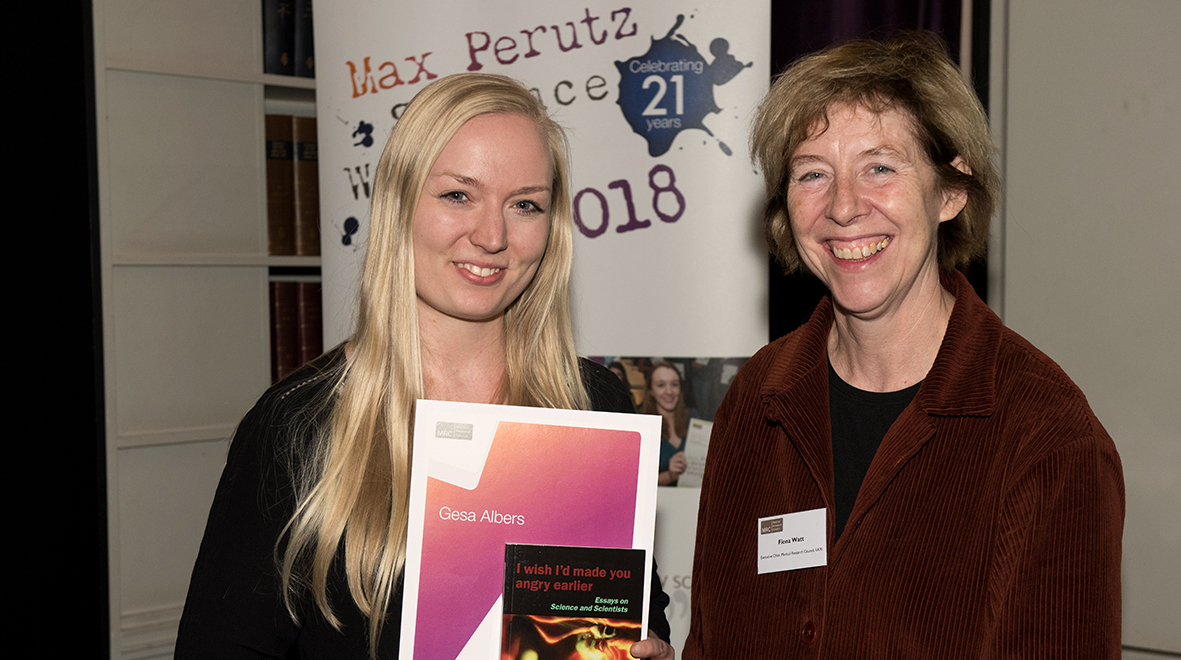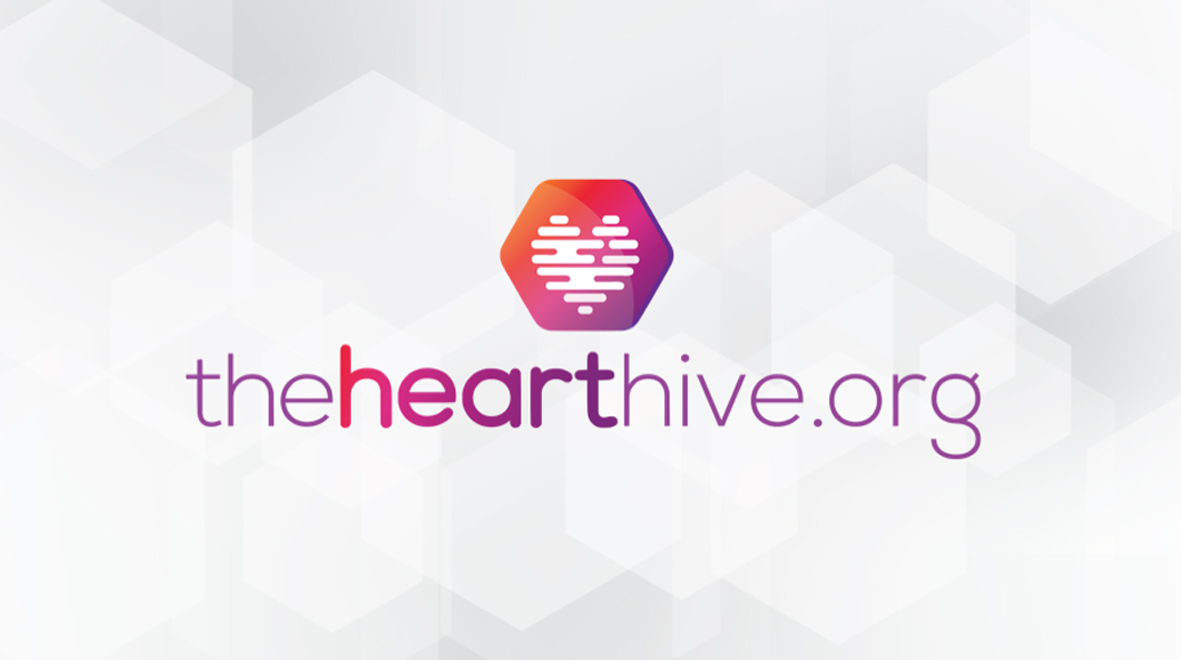 Many researchers study a particular disease because they have a personal connection to someone who has been affected. For researcher Dr Nicky Whiffin, it happened in reverse.
Many researchers study a particular disease because they have a personal connection to someone who has been affected. For researcher Dr Nicky Whiffin, it happened in reverse.
I had been researching cardiomyopathies (diseases that affect the heart muscle) for a couple of years when my mum suddenly became very ill. Even walking up the stairs was a struggle, she had to pause halfway to catch her breath. Having just been through a very tough patch at work, it was put down to stress. I remember clearly what should have been an amazing trip to Paris in March 2016 to see England’s rugby team win the six nations grand slam – instead the trip was dominated by us all worrying about my mum’s illness. (more…)
